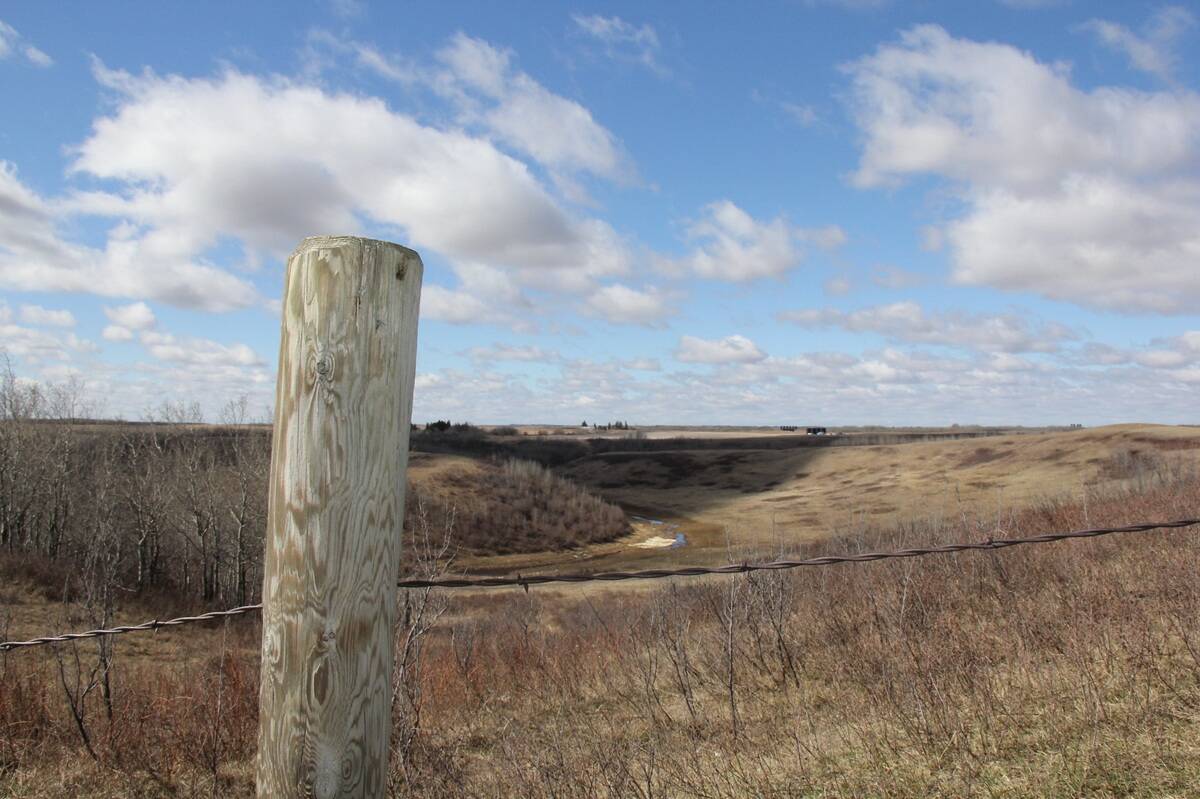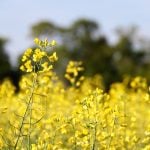For many years our industry had yearned in the research world for what was called a systems approach: the transparent collection or series of projects toward an end with a strong tech transfer component. And now at the University of Calgary we have in motion the College of Discovery, Creativity and Innovation (CDCI) which exceeds our systems thinking.
Global in perspective, the CDCI offers a platform for discussion, discovery and research that attracts students from every discipline who will seek solutions to a set of questions that are presented to them. The first question of “How to feed nine billion” is already in motion and the global challenges course is set out for first year students.
Read Also

How to work with several generations on the ranch
With up to five generations working together on the ranch, it’s important to foster understanding and communication
At the helm is Dr. Jay Cross, founding director for the Alberta Children’s Hospital Research Institute for Child and Maternal Health, and who is known to folks in our industry as associate dean (research) of the faculty of veterinary medicine and as the chair of the management advisory board, Livestock Gentec in Alberta. His vision reaches far beyond the gates of the bull pen and looks at the synergy in research when we consider all the elements including economic, historical, artistic, philosophical, cultural, spiritual and, of course, scientific.
- More ‘Straight from the hip’ with Brenda Schoepp: The value of beef
How does this approach differ from traditional ways of research and why is this so important to cattlemen and our future generations? I must say that my first impression is that it gets us out of the alley mentality where we look down in a straight line to an end. As we know, on the road of life things change, and without a platform for discovery along that pathway, it is hard to colour outside the lines. Last month in this column we talked about cattle and beef production, consumption and price and the importance of beef in terms of nutrient density. Traditionally, one scientist would look at nutrients, another at production in global spaces, another at infrastructure, one at processing, a team on genetics and maybe one at consumer trends, and this research would be conducted in isolation and kept in their respective departments.
If we asked the question: “How do we increase nutrient dense beef intake in the global diet?” as a subset to the overarching challenge of feeding nine billion, and let the students of CDCI feed into that then we have created an energy. Let’s take a peek at the possible.
From a spiritual perspective there are cultures that find specific bovines sacred and the challenge then leads to finding an alternate protein for that culture, area, climate, infrastructure, economy, etc. The further we are from refrigeration, one might question the stability of beef as a nutrient and that leads to questions on economic stability, accessibility or political unrest, and if beef is not eaten there then perhaps there is a historical context as well. The solutions may lie in production, political reform, a small but important infrastructure change, access to shelf-life technology or strategic centres of knowledge. Maybe the outcome is that we don’t need to increase beef consumption in some areas because camels and goats thrive and the culture does not desire the change. Perhaps our assumption needs to shift because of tribal warfare or simple antagonism between governments.
In our culture, First-World problems with beef may centre around animal welfare and human rights, or the anxiety of overabundance. It might be emotional in context or driven by information impulses. Perhaps there is an artistic resonance here as we hunger for cultural experience. Until the question is asked and researched in a multidisciplinary environment without boundaries, we will always only know — what we know.
If you are wondering why this gets my engine running, it is because I spent several decades on the other side of the table as the funder. We wanted a structure that was longer in term, collaborative, transparent and solutions-based but funding requirements would not allow for young bright scientists to fully stretch. Now that we have CDCI — think of the possible!
If it all seems too complex for the beef industry, I would gently remind you that more than 98 per cent of the cattle in the world do not reside in Canada and yet we are an exporter, so our ranches and our feedyards are deeply influenced by global events. With such a high dependence on one trading partner, we can look to the day of a fulsome discussion on alternatives and perhaps what beef needs to look like. What is the industry role in the challenge of feeding nine billion? I would offer that that is a good beginning to some creative dialogue.
Embedded in the CDCI program is the most exciting part of all and that is the empowerment of youth. When I asked Dr. Cross, who is known for his ability to inspire and is passionate about igniting the next generation of innovators, he said: “My goal is to allow students to maintain their broad, in-depth thinking in an environment which encourages them to be creative and recognize that it takes all kinds of people to address difficult challenges. By engaging students in that way, hopefully it may change their perspective on what education is.” Students will be exposed to lectures and mentoring from industry as well as academia and at the end will pitch their collective solutions.
As CDCI approaches research from a global perspective we can be proud that such a creative platform resides in Canada. The beef industry along with a multitude of others, has the opportunity to engage in multidisciplinary solutions-based thinking to questions that affect us all.
















